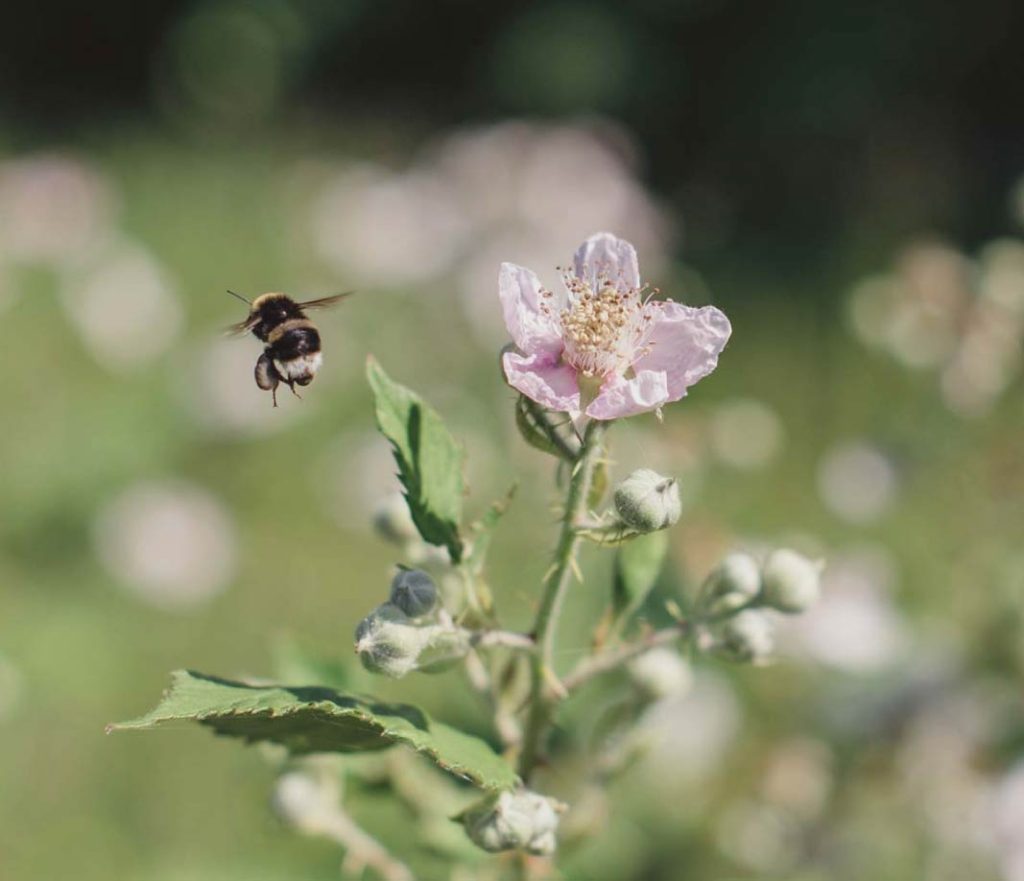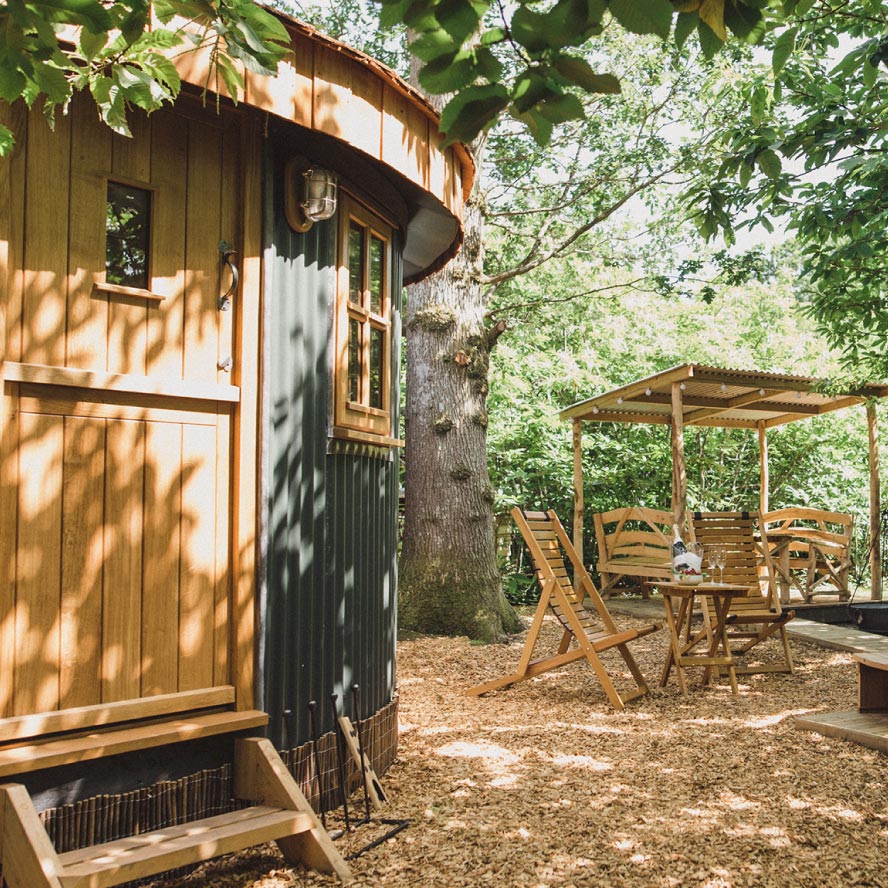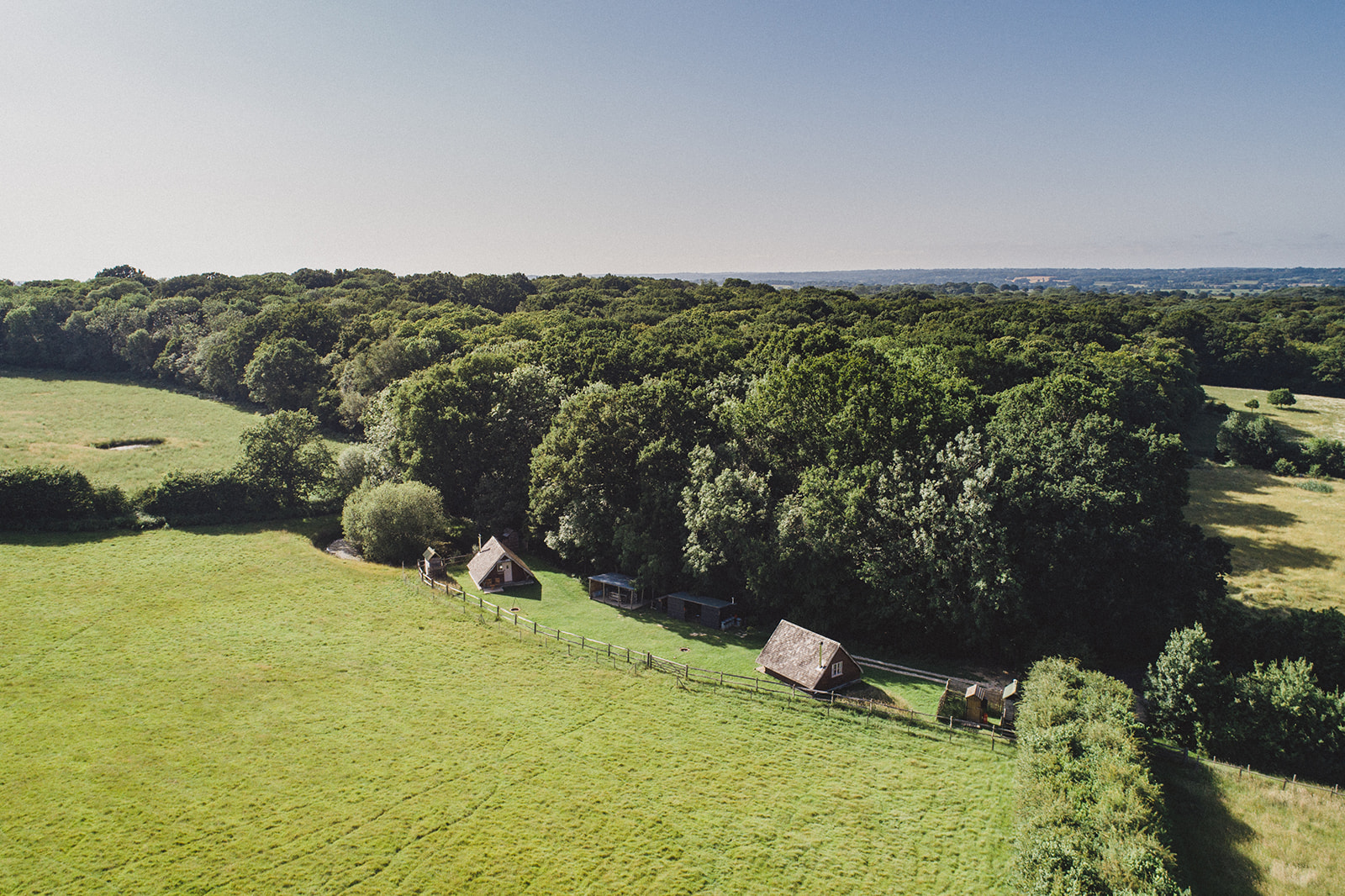We all know just how valuable the world’s forests are as a resource, as habitats, and as carbon vacuum cleaners in the fight against climate change. What most of us don’t know is that the world’s wetlands are equally as effective, if not more so, and equally under threat.
Wetlands – any area of land where water (fresh or saline) covers the soil for all or part of the year and which has vegetation suitable for those circumstances – cover six percent of the earth’s surface. Which is a lot more than you might have thought when you consider the size of a coastal wetland which might be near you.
They vary hugely of course – some are peatlands, some are coral reefs (and we all know about the threat to the Great Barrier Reef), some are mangrove swamps, or marshes, bogs or wet meadows. But all are valuable to humanity and the planet on a remarkable scale. And they are disappearing three times faster than the forests we all already worry about.
Their value is primarily in the ecosystem services they provide, and that around 3bn people worldwide get their basic fresh water (and often food) needs from wetlands.
Their environmental value is fourfold. First, they can store enormous amounts of carbon. In fact, depending on the type of wetland, they can store between two and ten times the amount of carbon of an equivalent area of natural forest! They act as natural flood defenses because of their ability to store huge quantities of water (an acre can store up to 1.5 million gallons of water). They are unique habitats, both saline and fresh. And they act as remarkably effective filters – think of the simple reed bed filtration systems that are already used on some glamping sites! 80% of the world’s waste water is released untreated into wetlands so it’s a good thing they can remove 60% of metals, retain 90% of sediment run-off, and eliminate 90% of nitrogen.
But they are also one of the world’s most endangered ecosystems, and a third of them have vanished since 1970, largely as a result of development, and land clearance. 83% of freshwater species are now in decline, our rivers are polluted, and we are overloading these systems with more waste than they can cope with.
Here at Swallowtail Hill we are doing our bit. Over the years we have created 13 ponds – some seasonal, some permanent and spring-fed – two areas of wet meadow and reed bed, and two streams. We also allow winter rain run-off to gather at the bottom of the hills rather than try to drain it, so the ground becomes a seasonal wet meadow. This is of course a modest contribution and it’s not one easily open to those who farm commercially. But with a national target of achieving 30% of the land in the UK turned over to nature by 2030, some of it is going to be on farmland. The re-wetting of fenlands in East Anglia has been an enormous biodiversity success; the planned 2024 ban on peat compost will save precious wet carbon stores; the introduction of beavers in some landscapes is both helping avoid flooding while expanding the natural behaviour of watercourses. So there are signs of hope. But more needs to be done. Visit Wetlands International to find out more.
We're on Instagram.
Follow us for the latest updates, stories, reviews and much more.
Awards & Accreditations













